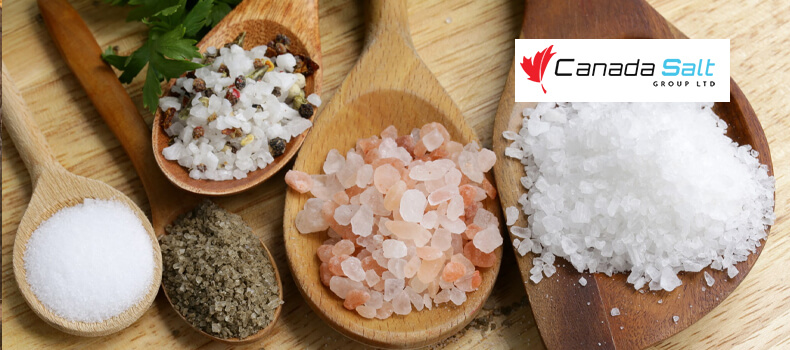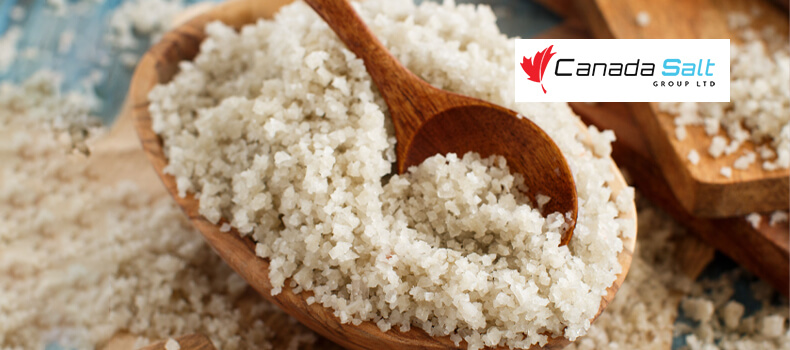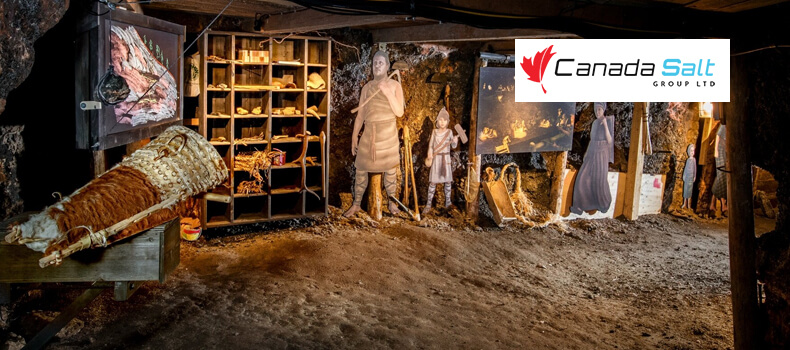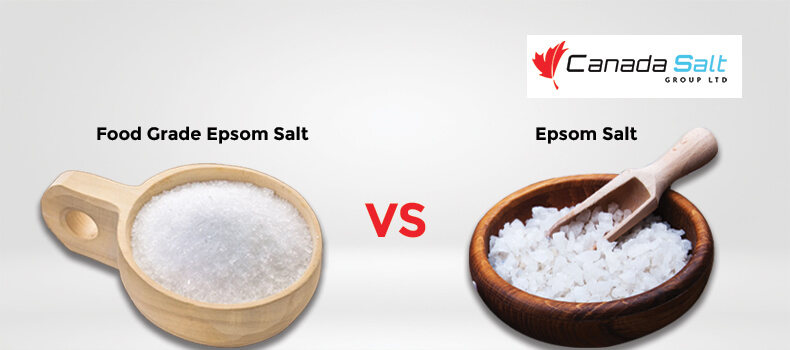Best Salt For Health
Salt is essential in our everyday life. It can bring out all the flavours in most dishes to balance them. Without salt, food can be unappetizing and bland. But, if the salt is added too much, it can lead to high blood pressure and cardiovascular irregularities. However, salt is important for several bodily functions, and complications may arise without it. So, people choose some healthy salt as an alternative to table salt or sea salt. They are known for their unique taste and texture. In this article, we will explore the salts available in the market and the best salt for health.
What Is Salt?
Salt is a mineral made when sodium and chlorine elements are combined. They form a solid substance called sodium chloride, commonly called salt. Salt mostly comes from the sea or mines, where it is extracted underground.
Many salts used in cooking have iodine added to them. Iodine is a helpful element that ensures people get enough of it in their diet. If someone doesn’t get enough iodine, they might develop a condition called Goiter, which is linked to hypothyroidism. Not having enough iodine can also be harmful to kids and babies growing in the womb if their mom doesn’t eat enough of it during pregnancy.
Common Types Of Salt
Table Salt
Regular refined table salt is a type of salt finely ground into small granules. It is often used for cooking and seasoning food. It is well refined to remove any impurities, which means it doesn’t contain any extra minerals. Usually, iodine and other anti-caking substances are added to prevent clumping.
Kosher Salt
Kosher salt is typically flakier and coarser than table salt, which gives it a crunchy texture. Its crystals are larger and contain less sodium than refined table salt. Kosher salt is commonly used for cooking and seasoning various foods and drinks.
Iodized Salt
Iodized salt is salt that has added iodine. It’s a good way to get iodine in your diet, and it mixes easily into food, making it great for cooking and baking. Table salt is usually combined with iodine because iodine is important for producing thyroid hormones. If you don’t get enough iodine, you might have a higher chance of getting a swollen thyroid gland.
Low-Sodium Salt
Low-sodium salt is salt that contains potassium chloride instead of sodium. Like sodium chloride, low-sodium salt has a salty taste but can be bitter when heated. More research is needed to understand how low-sodium salt affects us fully. However, a study from 2021 showed that using low-sodium salt can lower the risk of stroke, major heart-related problems, and even death. The research used a salt substitute containing 75% sodium chloride and 25% potassium chloride.
Sea Salt
Wide varieties of sea salt are available, differing in texture, colour, and mineral content. Examples are Black sea salt, Celtic salt, and Hawaiian sea salt. Sea salt is usually less refined than regular table salt. It contains electrolytes and other essential minerals like zinc, magnesium, potassium, and iron, giving the salt a distinct flavour. However, the low mineral content doesn’t provide health benefits or change the nutritional profile.
Himalayan Pink Salt
Himalayan pink salt is considered one of the purest and healthiest salt in the world. It is harvested from the Khewra salt mines, located in the Himalayan mountains of the Pakistan region. Due to its rich iron content, the colour varies from off-white to dark pink. Iron is one of the 84 minerals in the Himalayan salt. There is no proof that salt provides health benefits because the mineral content is very small. It is mostly sodium chloride and contains the same amount of sodium as any other salt. Due to its distinct flavour and unique colour, it is used in cooking and serving foods or as a topping for many foods and drinks.
Himalayan Black Salt
Himalayan black salt is also called “Kala Namak” in Nepal. It is made by covering the salt with spices, seeds, charcoal, and bark and cooking it in the furnace for about 24 hours. The salt gets its unique reddish-black colour by cooking it for so long. It is salty and sulphurous and smells like a boiled egg. Himalayan black salt is higher in potassium and calcium than regular table salt. Due to its aroma, this salt is mostly used in vegetarian and vegan dishes to make them feel like they are having eggs along with the dish. Himalayan black salt is also used in Ayurveda, but no studies have proven it.
Smoked Salt
Smoked salt is produced by infusing a smoky flavour in the salt. The smoke is produced by burning wood like oak, Applewood, hickory, and mesquite for weeks. The sodium percentage will be similar to that of table salt, but the only feature that makes it unique is its smoky flavour.
Seasoned Salt
Pre-seasoned salts, flavoured with garlic, onion, or celery, can be found in stores. These salts add flavour to dishes. However, they contain almost as much sodium as regular salt, so if you’re trying to cut back on salt, it’s better to use plain herbs instead of salted seasonings.
Black Hawaiian Salt
The Black Hawaiian salt, also known as Black Lava Salt, originally came from the volcanic islands of Hawaii. It’s crafted from seawater evaporating in pools created on solid lava beds. Its unique black hue is achieved by adding activated coconut charcoal, which gives it a strong earthy taste and a little sulphur aroma. Like Himalayan black salt, black Hawaiian salt contains more potassium and calcium than table salt, but there is no proof of its specific health advantages. This crunchy salt is excellent as a final touch for grilled tempeh or tofu.
Red Hawaiian Salt
Also known as Alaea salt, this type of Hawaiian salt gets its name and distinctive red colour from the iron-rich, red volcanic clay called Alaea, which mixes with the salt as tidal pools dry up. Red Hawaiian salt is believed to contain the highest concentration of essential trace minerals compared to other salts. While this might suggest a healthier option for those mindful of their salt intake, the specific advantages of Hawaiian red salt are still unknown. Traditionally, red Hawaiian salt was used for cleaning, purifying, and blessing tools, canoes, homes, and temples. Because of its nutty flavour, it is mostly preferred as a finishing salt in various recipes.
Grey Salt
Grey salt, also known as Celtic salt or sel gris, is a type of sea salt produced by hand from the bottom of salt evaporation ponds near the French coast. In these ponds, seawater is collected and left to evaporate under the sun, after which it is harvested. Grey salt is characterized by its moist, chunky flakes and grey colour. It is derived from the naturally mineral-rich clay and seawater from which it is extracted.
Grey salt’s distinctive briny flavour makes it a perfect finishing salt for dishes like roasted vegetables, grilled meats, and seafood. While it has the lowest sodium chloride content among the salts mentioned, its mineral content isn’t substantial enough to significantly impact health.
Which Salt is The Healthiest?
There are no proven studies to compare if one type of salt is better for you than another. However, since most salts are about 98% sodium chloride, any health differences would come from a few other minerals or additives, which are only 2%. While these minerals are good for your body in bigger amounts, the amount of salt is so small that it might not matter. Since there’s no proof that any kind of salt is healthier than another, the best choice for you depends on what you like and what you want from your salt.
Ready to explore the diverse range of high-quality food-grade salts we offer? Choose from our selection and discover the perfect salt for your needs and preferences. Upgrade your culinary experience today with Canada Salt Group Ltd! Contact us for more details.





